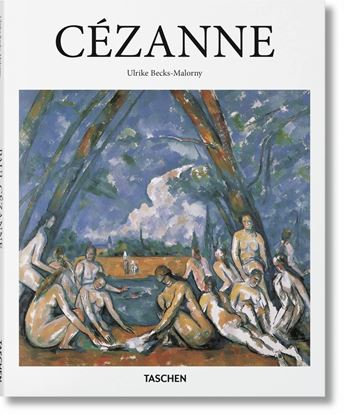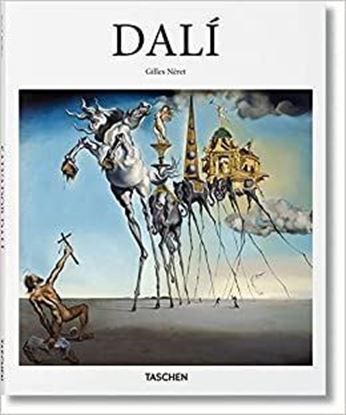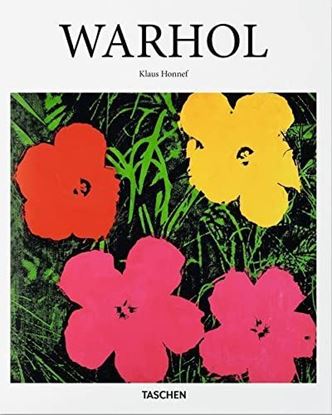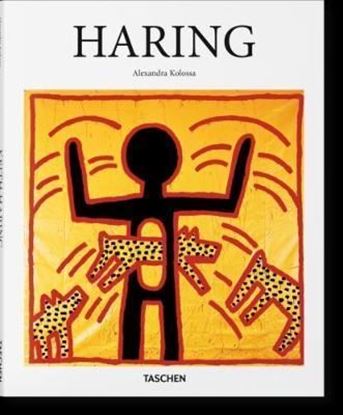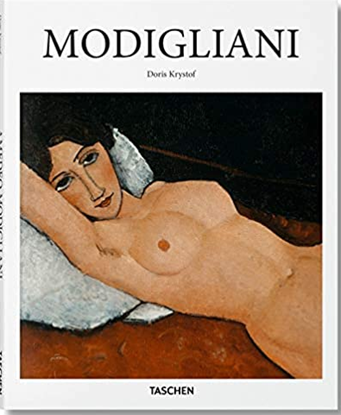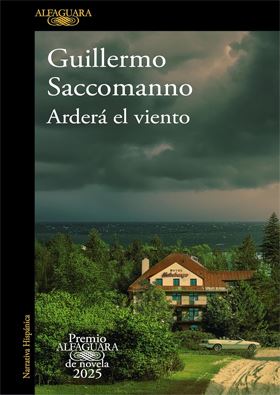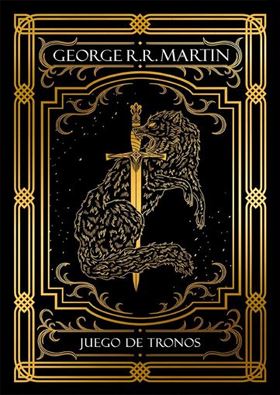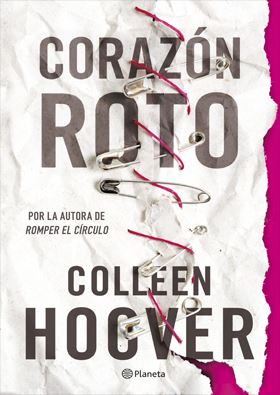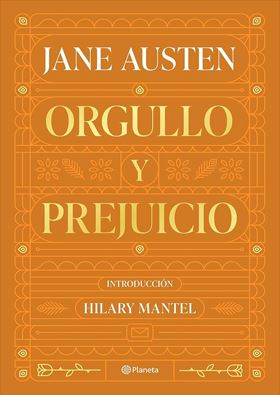

CEZANNE (BA-ART) (GB)
In the latter half of the 19th century, in the verdant countryside near Aix-en-Provence, Paul Cézanne (1839–1906), busily plied his brush to landscapes and still lifes that would become anchors of modern art. With compact, intense dabs of paint and bold new approaches to light and space, he mediated the way from Impressionism to the defining movements of the early 20th century and became, in the words of both Matisse and Picasso, “father of us all.”
This fresh artist introduction selects key works from Cézanne’s oeuvre to understand his development, innovation, and crucial influence on modern art. From compositions of fruits and pears to scenes of outdoor bathers, we trace his experimentation with color, perspective, and texture to evoke “a harmony parallel to Nature,” as well as the very process of seeing and recording.
Along the way, we discover Cézanne’s celebrated Card Players, his layering of warm and cool hues to build up form and surface, and the geometric rigor of his landscapes from the vicinity of Aix-en-Provence, as bright with the light of southern France as they are bold with a radical new rendering of dimensions and depth.
1,350
DALI (BA-ART) (GB)
Painter, sculptor, writer, filmmaker, and all-round showman Salvador Dalí (1904–1989) was one of the 20th century’s greatest exhibitionists and eccentrics. One of the first artists to apply the insights of Freudian psychoanalysis to art, he is celebrated in particular for his surrealist practice, with such conceits as the soft watches or the lobster telephone, now hallmarks of the surrealist enterprise, and of modernism in general.
Dalí frequently described his paintings as “hand-painted dream photographs.” Their tantalizing tension and interest resides in the precise rendering of bizarre elements and incongruous arrangements. As Dalí himself explained, he painted with “the most imperialist fury of precision,” but only “to systematize confusion and thus to help discredit completely the world of reality.”
Revolutionizing the role of the artist, the mustache-twirling Dalí also had the intuition to parade a controversial persona in the public arena and, through printmaking, fashion, advertising, writing, and film, to create work that could be consumed and not just contemplated on a gallery wall.
1,350
WARHOL (BA-ART) (GB)
Andy Warhol (1928–1987) is hailed as the most important proponent of the Pop art movement. A critical and creative observer of American society, he explored key themes of consumerism, materialism, media, and celebrity.
Drawing on contemporary advertisements, comic strips, consumer products, and Hollywood’s most famous faces, Warhol proposed a radical reevaluation of what constituted artistic subject matter. Through Warhol, a Campbell’s soup can and Coca Cola bottle became as worthy of artistic status as any traditional still life. At the same time, Warhol reconfigured the role of the artist. Famously stating “I want to be a machine,” he systematically reduced the presence of his own authorship, working with mass-production methods and images, as well as dozens of assistants in a studio he dubbed the Factory.
This book introduces Warhol’s multifaceted, prolific oeuvre, which revolutionized distinctions between “high” and “low” art and integrated ideas of living, producing, and consuming that remain central questions of modern experience.
1,350
HARING (BA-ART) (GB)
One of the key figures in the New York art world of the 1980s, Keith Haring (1958–1990) created a signature style that blended street art, graffiti, a Pop sensibility, and cartoon elements to unique, memorable effect. With thick black outlines, bright colors, and kinetic figures, his public (and occasionally illegal) interventions, sculptures, and works on canvas and paper have become instantly recognizable icons of 20th-century visual culture.
From his first chalk drawings in the New York City subway stations, to his renowned “Radiant Baby” symbol, and his commissions for Swatch Watch and Absolut Vodka, Haring’s work was both emblematic of the manic work ethic of 1980s New York, yet distinctive for its social awareness. Belying their bright, playful aesthetics, his pieces often tackled intensely controversial socio-political issues, including racism, capitalism, religious fundamentalism, and the increasing impact of AIDS on New York’s gay community, the latter foreshadowing his own death from the disease in 1990.
1,350
KAHLO (BA-ART) (GB)
The arresting pictures of Frida Kahlo (1907–54) were in many ways expressions of trauma. Through a near-fatal road accident at the age of 18, failing health, a turbulent marriage, miscarriage and childlessness, she transformed the afflictions into revolutionary art.
In literal or metaphorical self-portraiture, Kahlo looks out at the viewer with an audacious glare, rejecting her destiny as a passive victim and rather intertwining expressions of her experience into a hybrid real-surreal language of living: hair, roots, veins, vines, tendrils and fallopian tubes. Many of her works also explore the Communist political ideals which Kahlo shared with her husband Diego Rivera. The artist described her paintings as “the most sincere and real thing that I could do in order to express what I felt inside and outside of myself.”
This book introduces the rich body of Kahlo’s work to explore her unremitting determination as an artist, and her significance as a painter, feminist icon, and a pioneer of Latin American culture.
1,350
MODIGLIANI (BA-ART) (GB)
In endless odes to the female form, Amedeo Modigliani (1884–1920) traced elongated bodies, almond eyes, and his own name into art history. His languid female subjects are as instantly recognizable as they are startling, sensual, and swan-necked.
Modigliani's unique figuration corresponded to his own personal idea of beauty, but drew upon a rich variety of visual influences, including contemporary Cubism, African carvings, Cambodian sculptures, and 13th-century painting from his native Italy. Although most renowned for his nude females, he applied similar stylistic techniques to portraits of male artistic contemporaries such as Pablo Picasso, Jean Cocteau, and Chaïm Soutine.
With key works from his highly individualistic repertoire, this book introduces Modigliani's brief but revered career at the heart of Paris’s early modernist hotbed.
1,350


